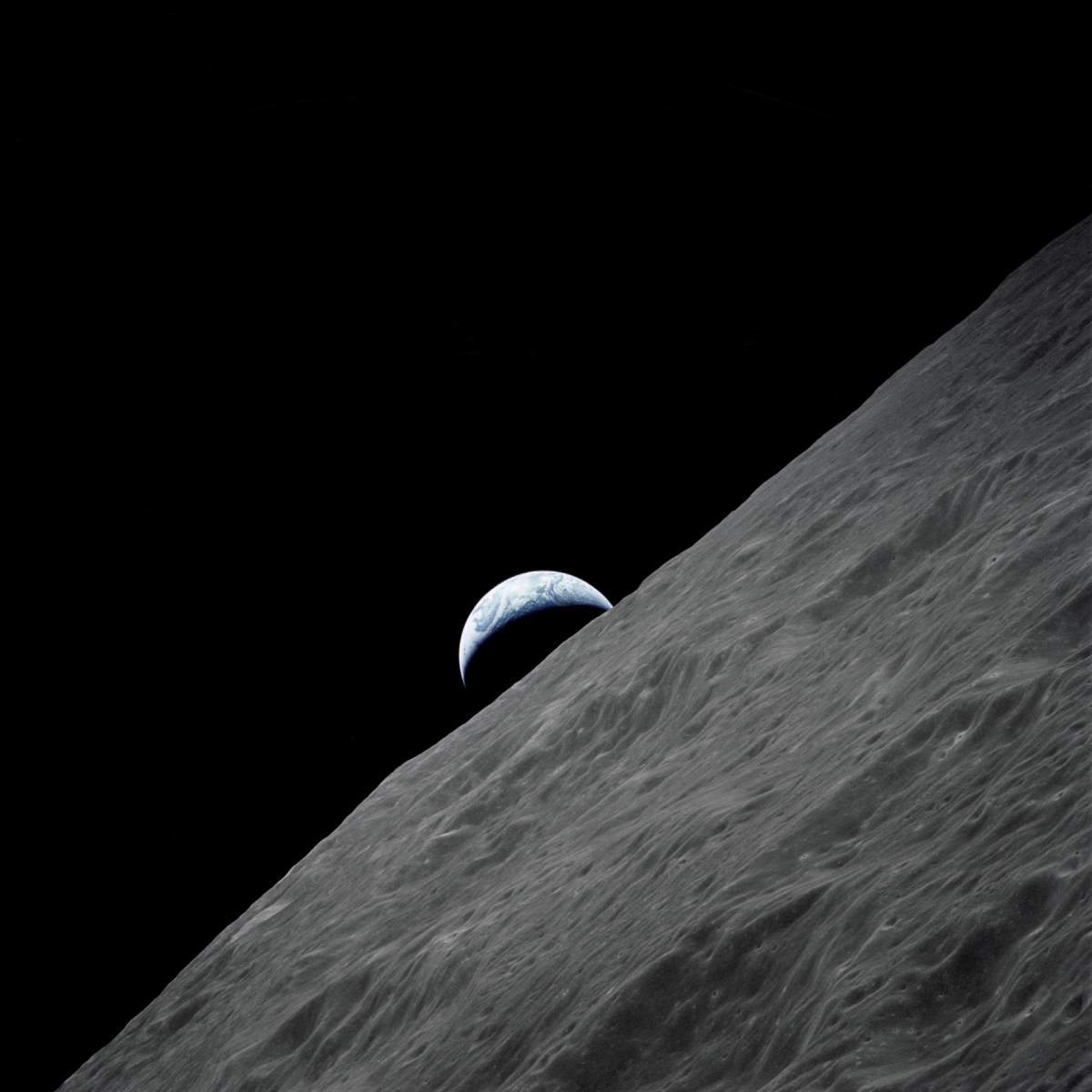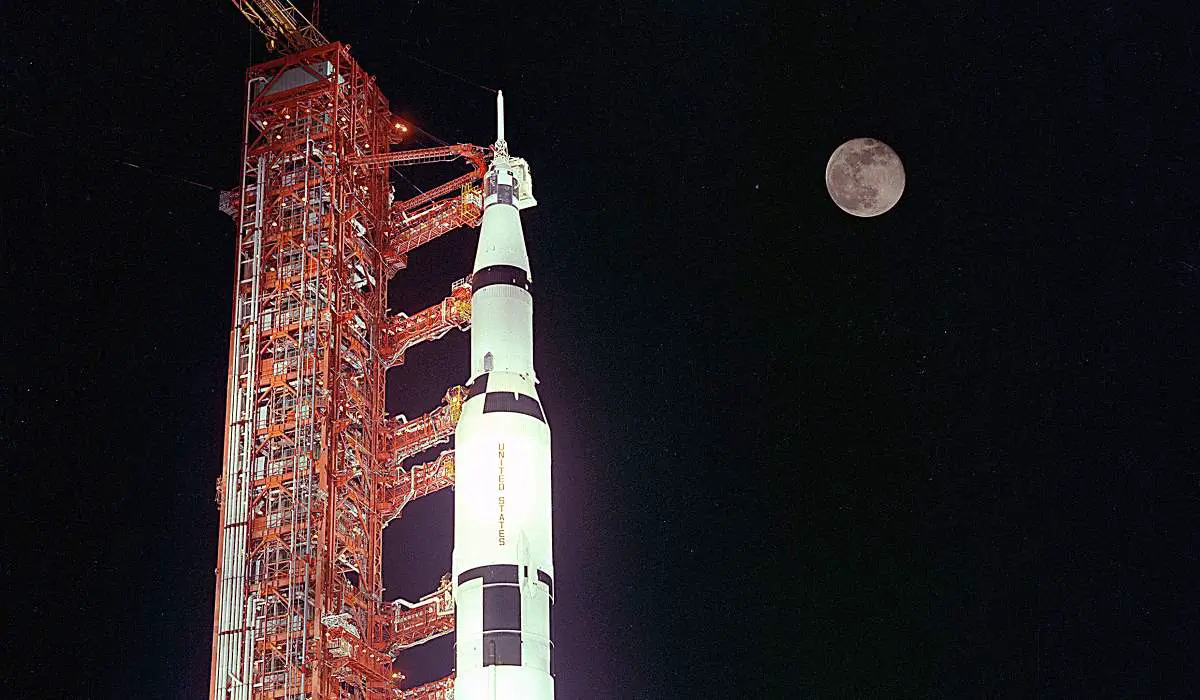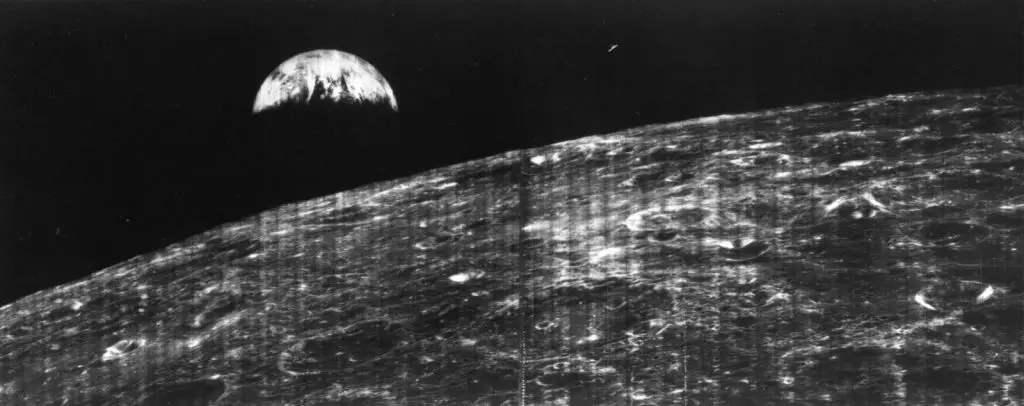An amazing NASA photo: the crescent Earth rises above the lunar horizon in this spectacular photograph taken from the Apollo 17 spacecraft in lunar orbit during the final lunar landing mission in the Apollo program.

Fun fact 1: if you were to stand still on the surface of the Moon, you would not see the Earth rise and set; it would still be in the (almost) same spot in the sky because Earth and the moon are
Fun fact 2: Why the Earth would be in the almost same spot? Because the moon’s orbit is slightly elliptical. This gives us peeks beyond its average eastern and western horizons. Furthermore, the axis of the moon is tilted. So, the Earth would slowly wobble in the sky of the moon. If the Earth is just below the horizon, it would first slightly rise, then set, then rise again. That’s also why we can see 59% of the surface of the moon (not just 50%) from the Earth.
Apollo 17 was the eleventh and the last crewed space mission in the NASA Apollo programme. It was the first night launch of a U.S. human spaceflight and the sixth and final lunar landing mission. The mission was launched at 12:33 a.m. EST on 7 December 1972 and concluded on December 19.
Apollo 17 is also the last time humans traveled beyond low Earth orbit. The mission broke several records: the longest moon landing, longest total extravehicular activities (moonwalks), largest lunar sample, and longest time in lunar orbit.
Apollo 17 crew:
- Commander: Eugene A. Cernan, Third, and last spaceflight
- Command Module Pilot: Ronald E. Evans, Only spaceflight
- Lunar Module Pilot: Harrison H. Schmitt, Only spaceflight
- Space Shuttle Endeavour’s Touchdown Meets Columbia’s Salute [An amazing photo from the past] - February 29, 2024
- Moon Landings: All-Time List [1966-2024] - February 23, 2024
- From Orbit to Ordinary: 10 Earthly Applications of Space Technology - January 23, 2024


